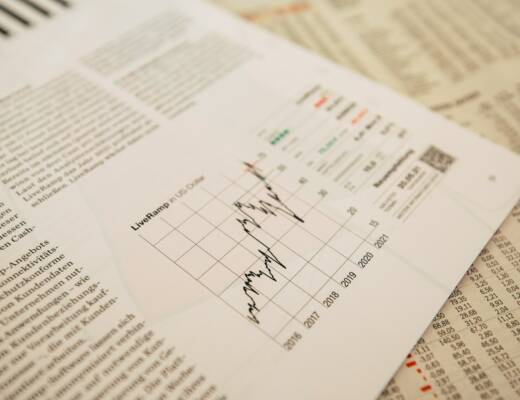As consumers face sticky prices and higher borrowing costs, a growing number of investors are reconsidering silver as
protection against inflation. The pitch is simple and timely. Precious metals may help preserve purchasing power when money loses value.
In a recent discussion, one commentator put it plainly: inflation worries are pushing people to hard assets. The idea is finding fresh attention as markets absorb mixed signals on prices and growth.
Why Silver Is Back in Focus
Silver has long been viewed as a
store of value, though it often plays second fiddle to gold. Investors turn to it when cash yields lag inflation and bond prices wobble.
Unlike gold, silver also has wide industrial use. It is used in solar panels, electronics, and medical devices. That demand can support prices in economic expansions.
During the 1970s, when U.S. inflation ran high, precious metals soared. More recently, in 2021 and 2022, gold and silver drew inflows as consumer prices jumped.
Still, silver’s track record as an inflation hedge is mixed. It can lag during certain cycles and swing sharply on industry news.
What Advocates Are Saying
“If you’re worried about increased inflation, adding precious metals like silver to your portfolio can be a smart choice.”
Supporters argue that even a small allocation can protect a portfolio’s real value. They note that precious metals do not depend on corporate profits or central bank policy in the same way as stocks and bonds.
Some wealth managers suggest a diversified basket of metals. They point to silver’s lower price per ounce as a way to gain exposure without the
cost of gold.
A Volatile Asset With Trade-Offs
Silver prices can be volatile. Daily swings are common and can exceed moves in broad equity indexes.
Analysts cite several drivers. Industrial demand shifts, changes in mine supply, and dollar strength all play roles.
That volatility cuts both ways. It can magnify gains during inflation scares, but it can also deepen
losses when inflation cools or growth slows.
Costs matter too. Physical silver involves storage and insurance. Coins may trade at premiums over spot prices. Exchange-traded funds bring management fees.
How Investors Are Building Exposure
Financial planners describe several paths for adding silver.
- Physical bullion or coins for direct ownership.
- Exchange-traded funds that track spot prices.
- Mining stocks, which add company risk and leverage to price moves.
- Futures for experienced traders seeking liquidity.
Advisers stress fit and size. Allocations often range from 2% to 10% of a portfolio, depending on risk tolerance and goals.
Comparisons With Other Inflation Hedges
Gold remains the traditional hedge, with a longer history and deeper liquidity. It tends to be less volatile than silver.
Commodities baskets can offer broader protection, spreading risk across energy, metals, and agriculture. But they add complexity and roll costs.
TIPS, or inflation-protected Treasury securities, adjust principal with the CPI. They offer income and government backing, though they can lag if real yields rise.
Signals To Watch
Investors are tracking several indicators to judge whether silver can help now.
- Core inflation trends and wage growth.
- Real interest rates, which affect metal demand.
- Dollar strength, given metals are priced in dollars.
- Industrial data, especially solar capacity and electronics shipments.
- Central bank policy signals and bond market pricing.
Balanced Views From Advisers
Portfolio strategists caution against chasing headlines. They suggest setting clear rules for entry and rebalancing.
They also warn against relying on one hedge. Diversification across assets that respond differently to inflation can reduce risk.
For long-term savers, time horizon matters. Silver may fit better as a tactical sleeve rather than a core holding.
Inflation may stay sticky even as growth slows, and that keeps the case for hedges alive. Silver offers a mix of monetary and industrial drivers that can help in select periods. But it also brings wide price swings and real costs.
For now, the practical takeaway is simple. Consider a modest, well-defined allocation within a broader plan. Watch inflation, real yields, and industrial demand. The next moves in prices may depend as much on factories and panels as on central banks.




